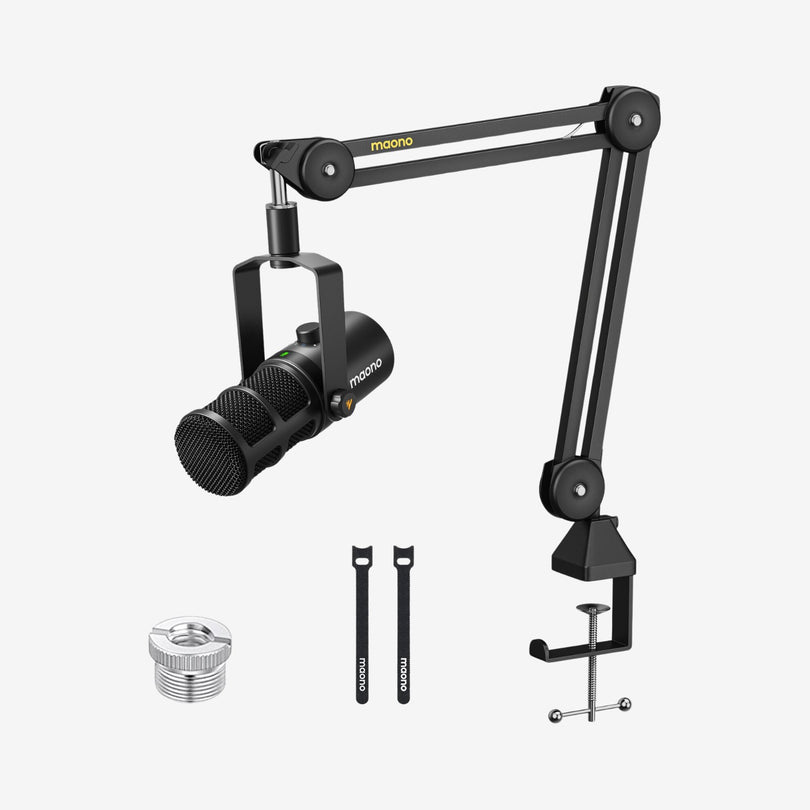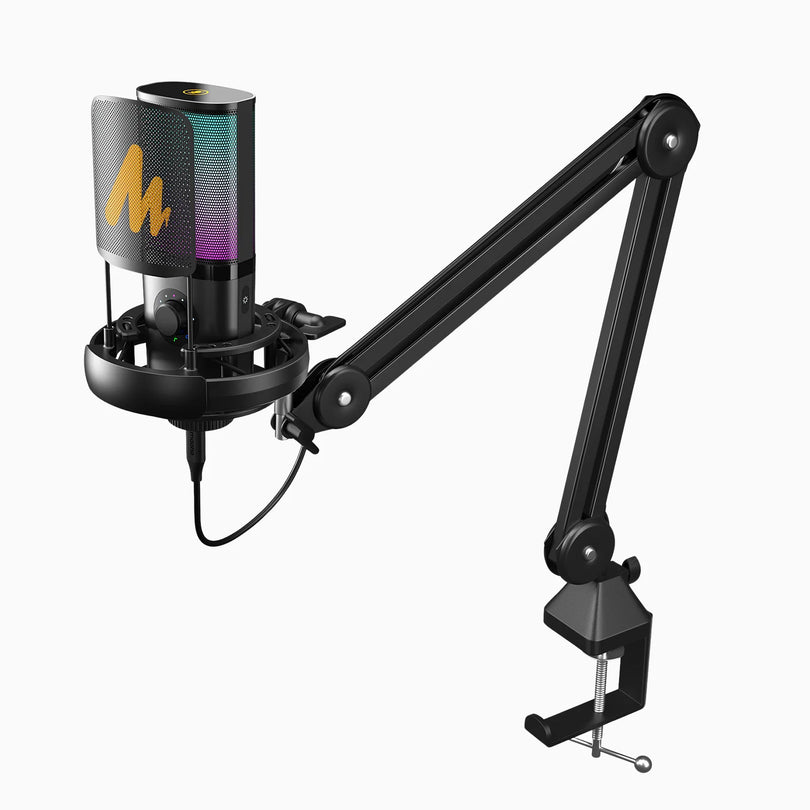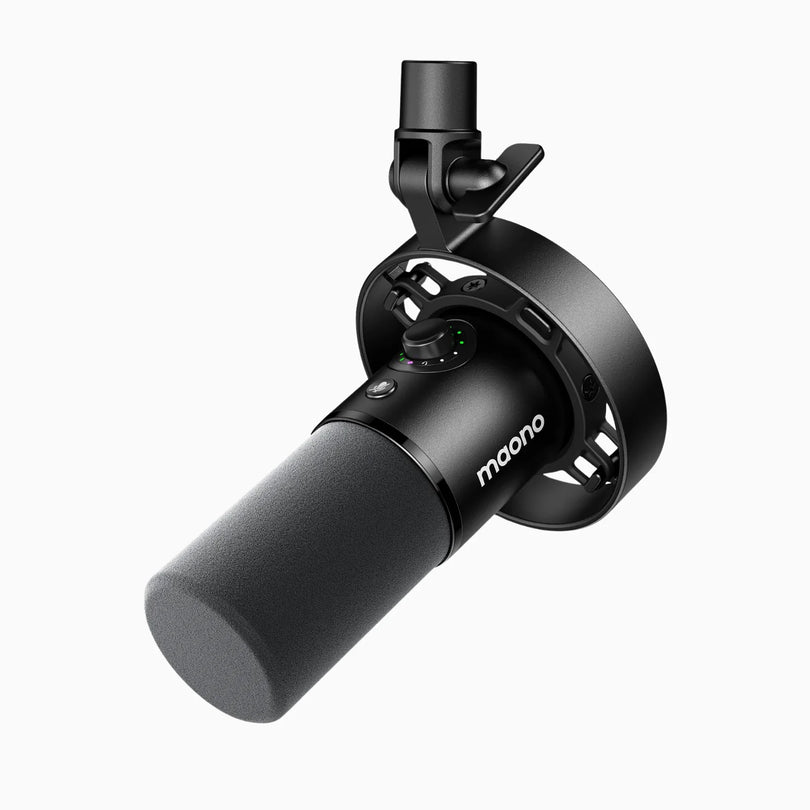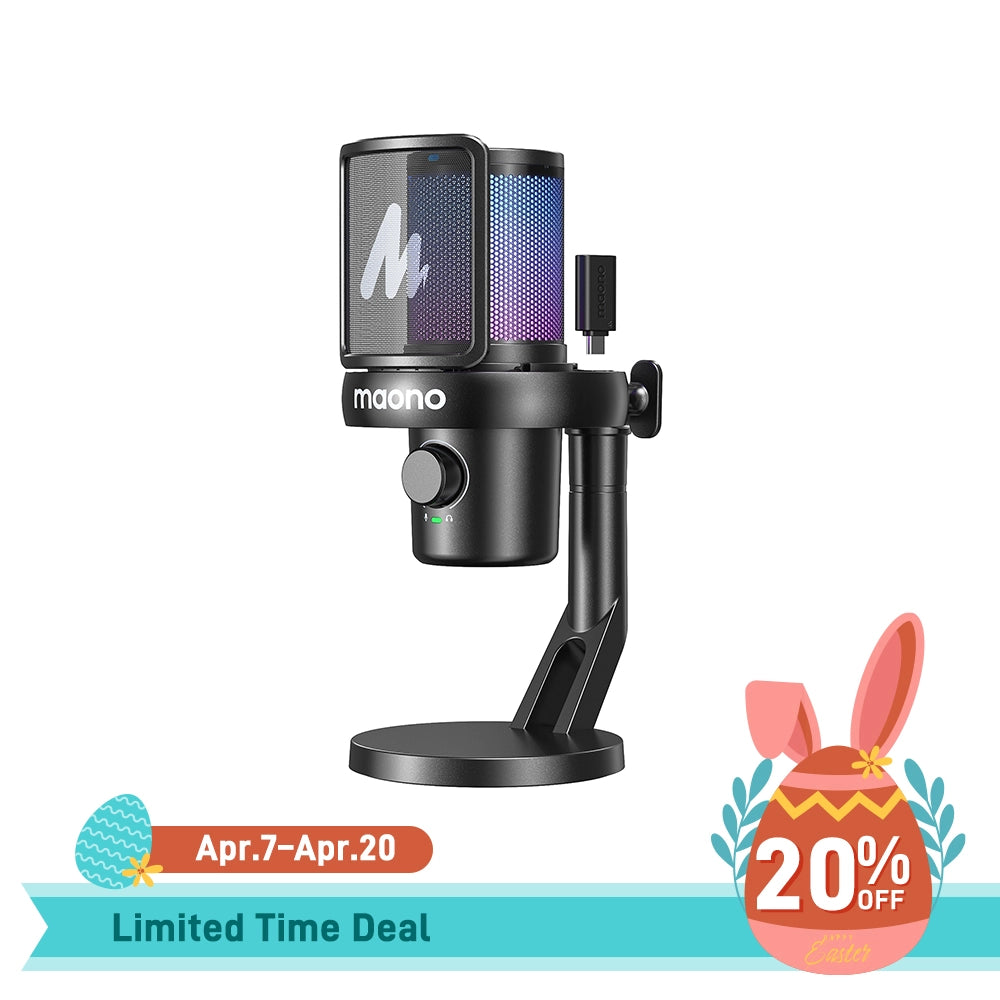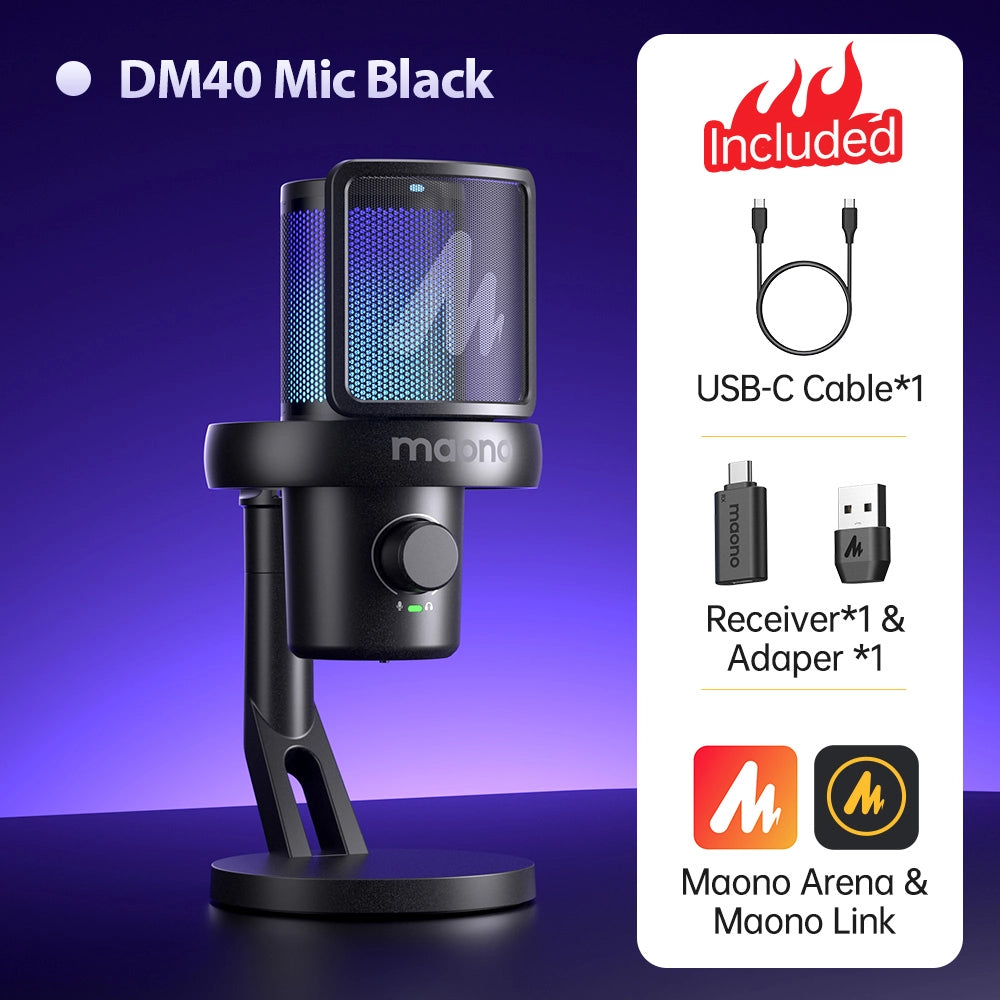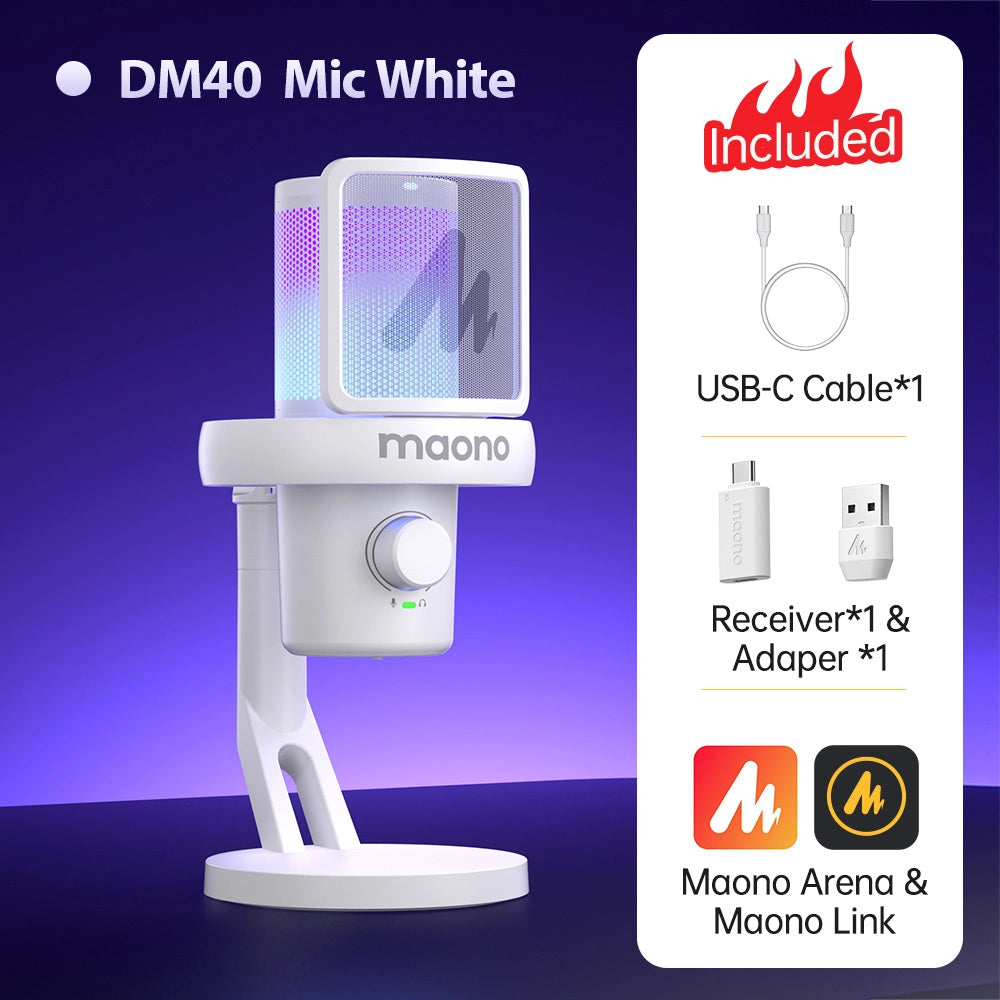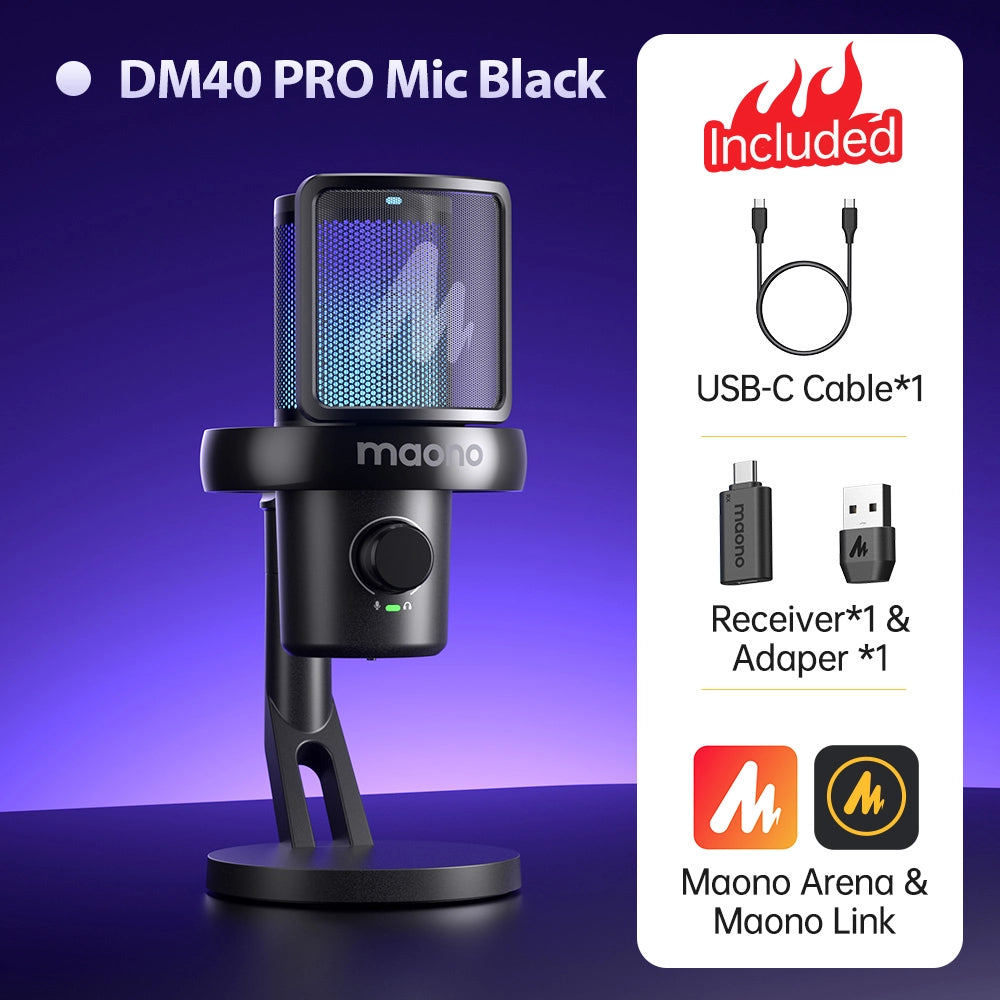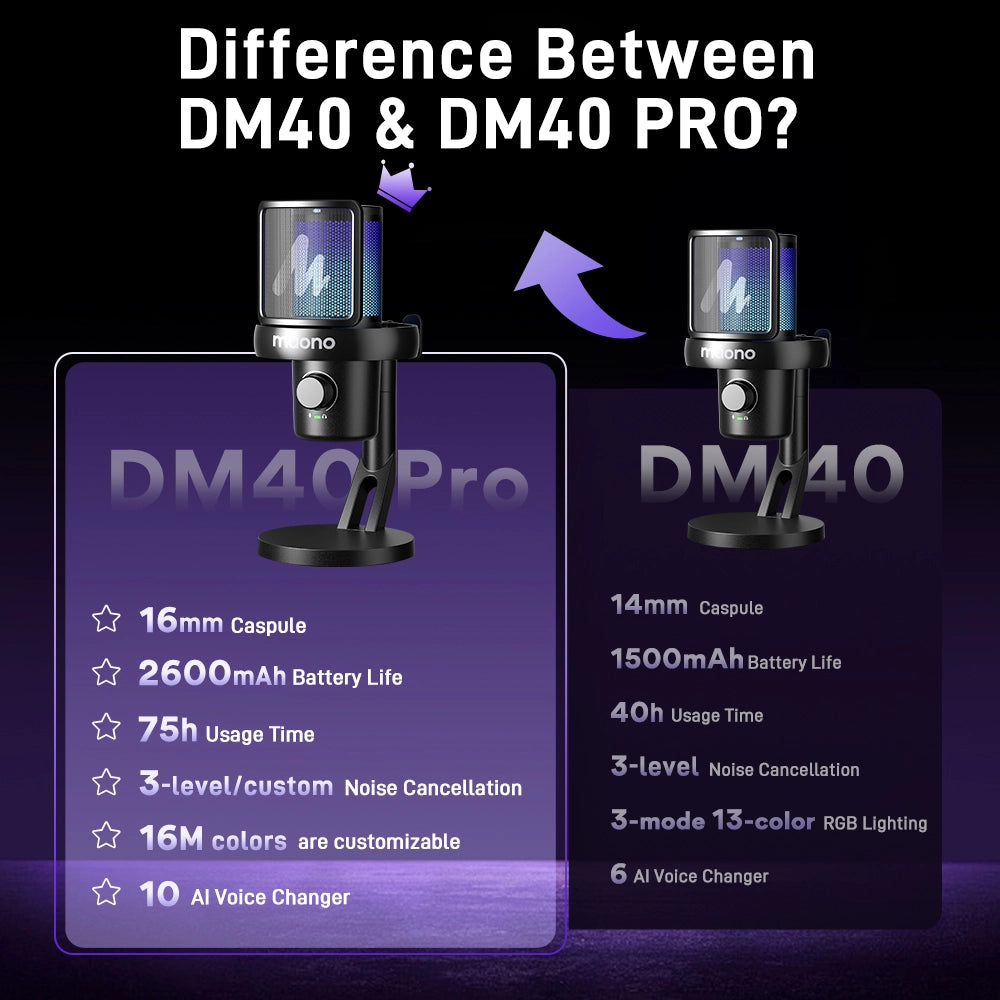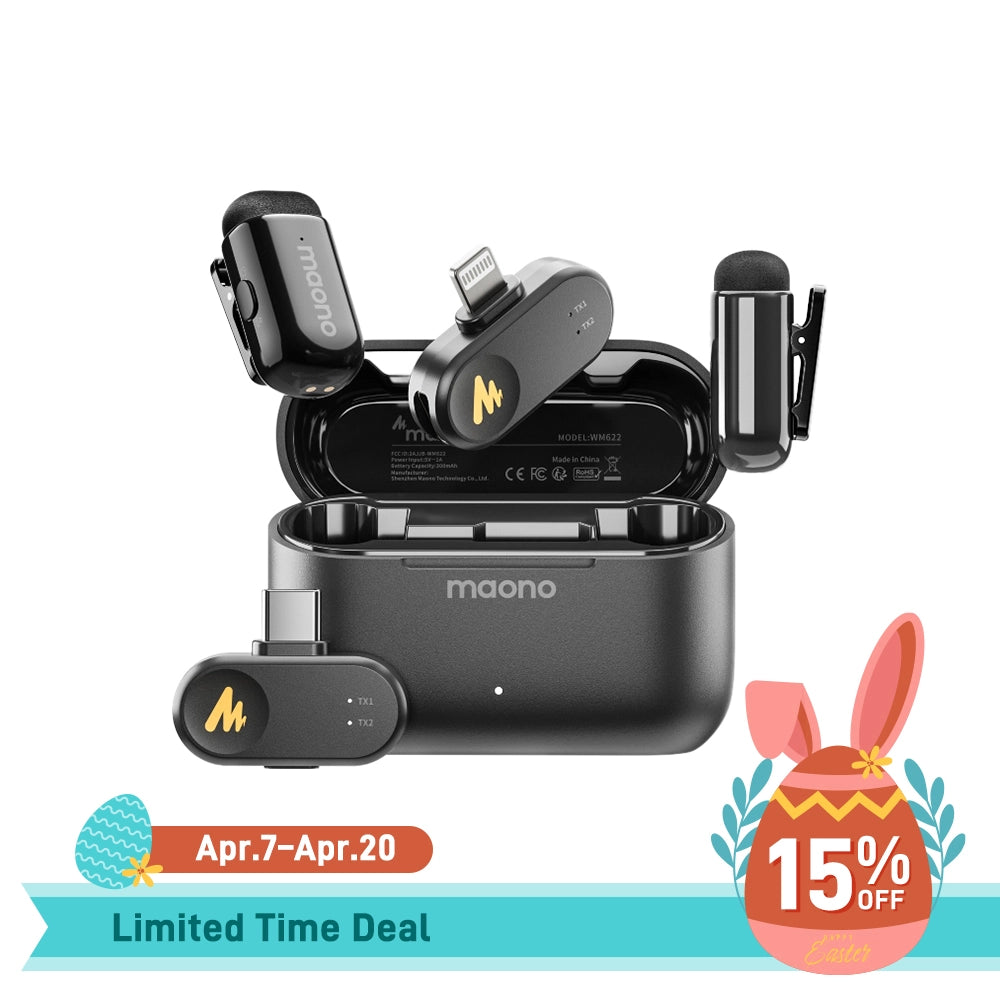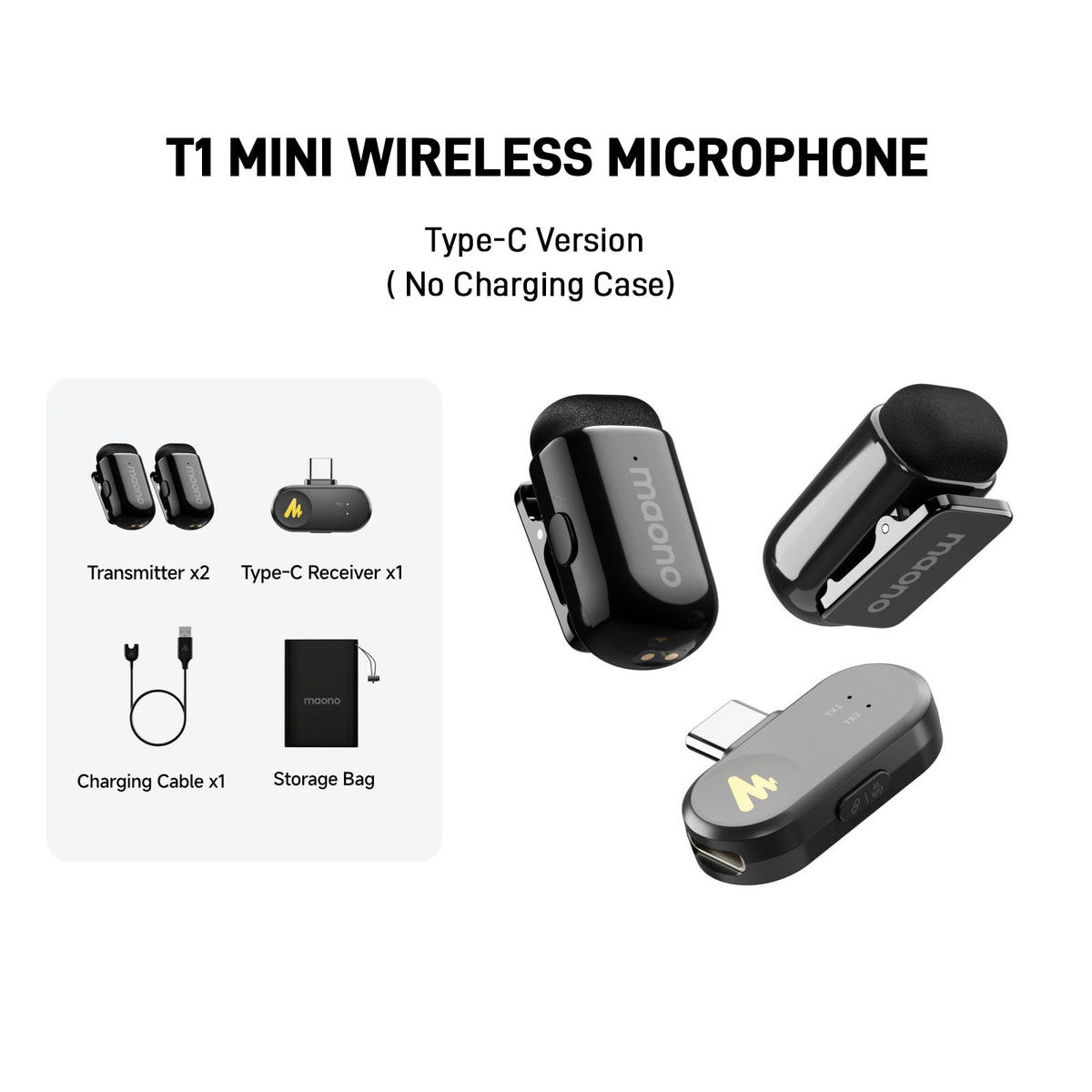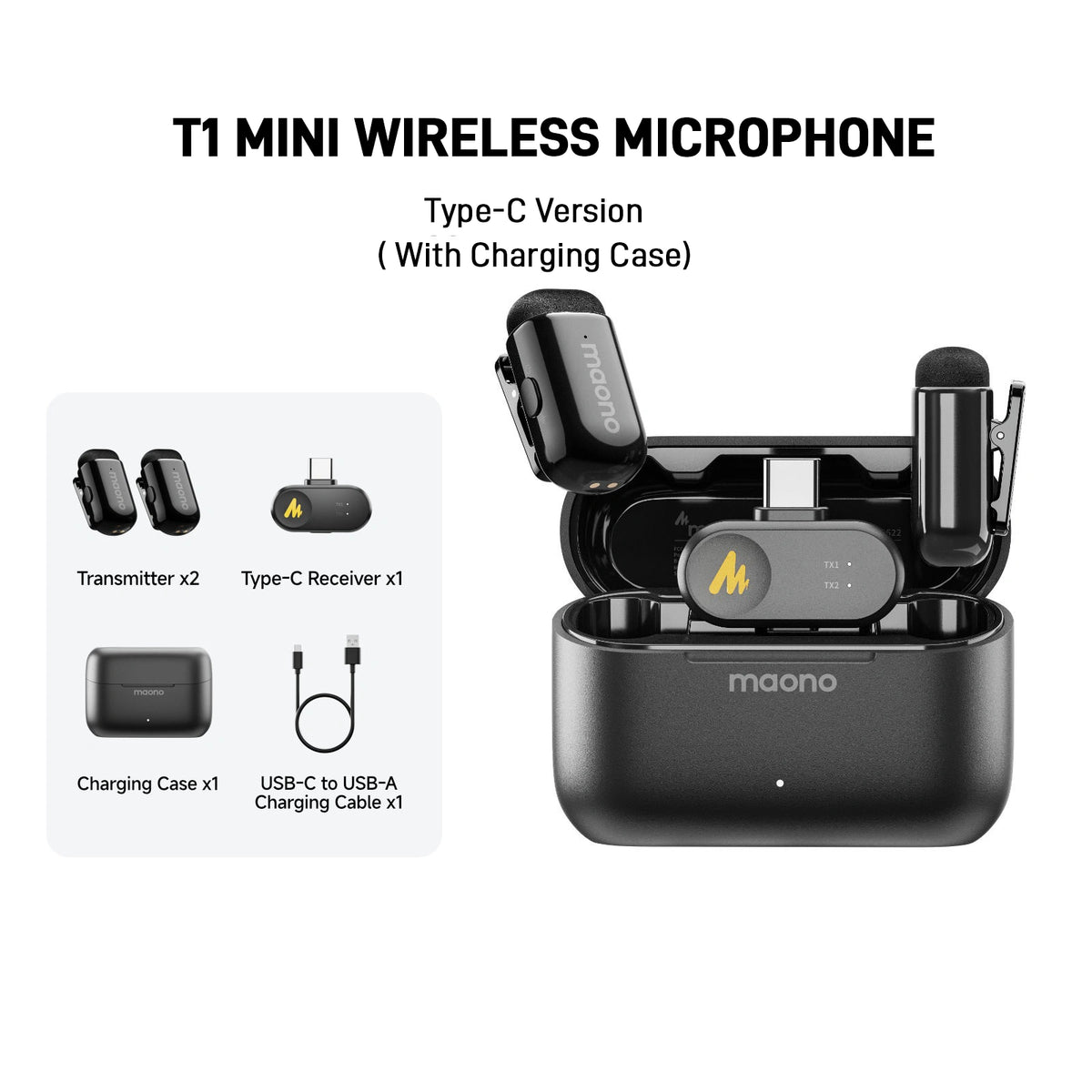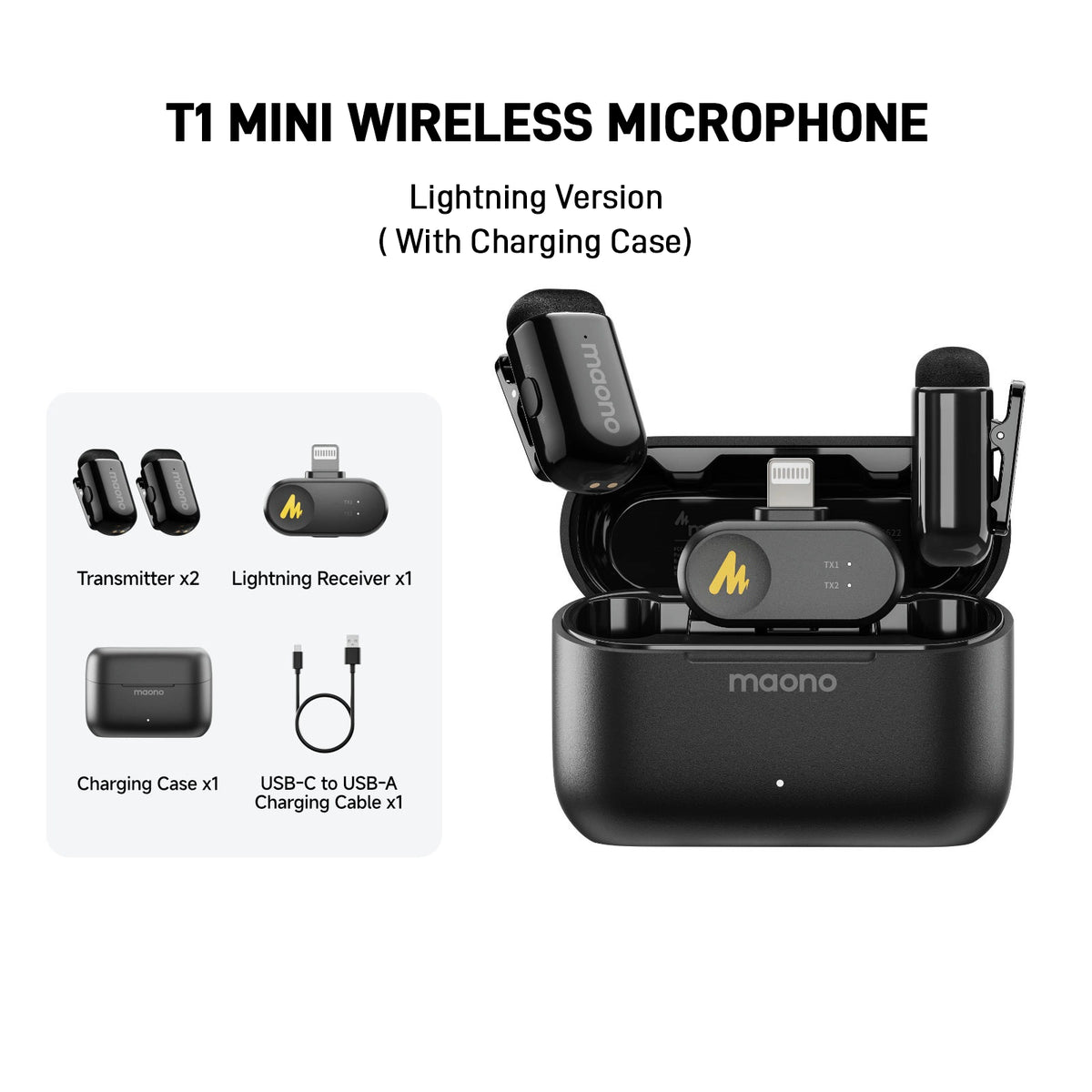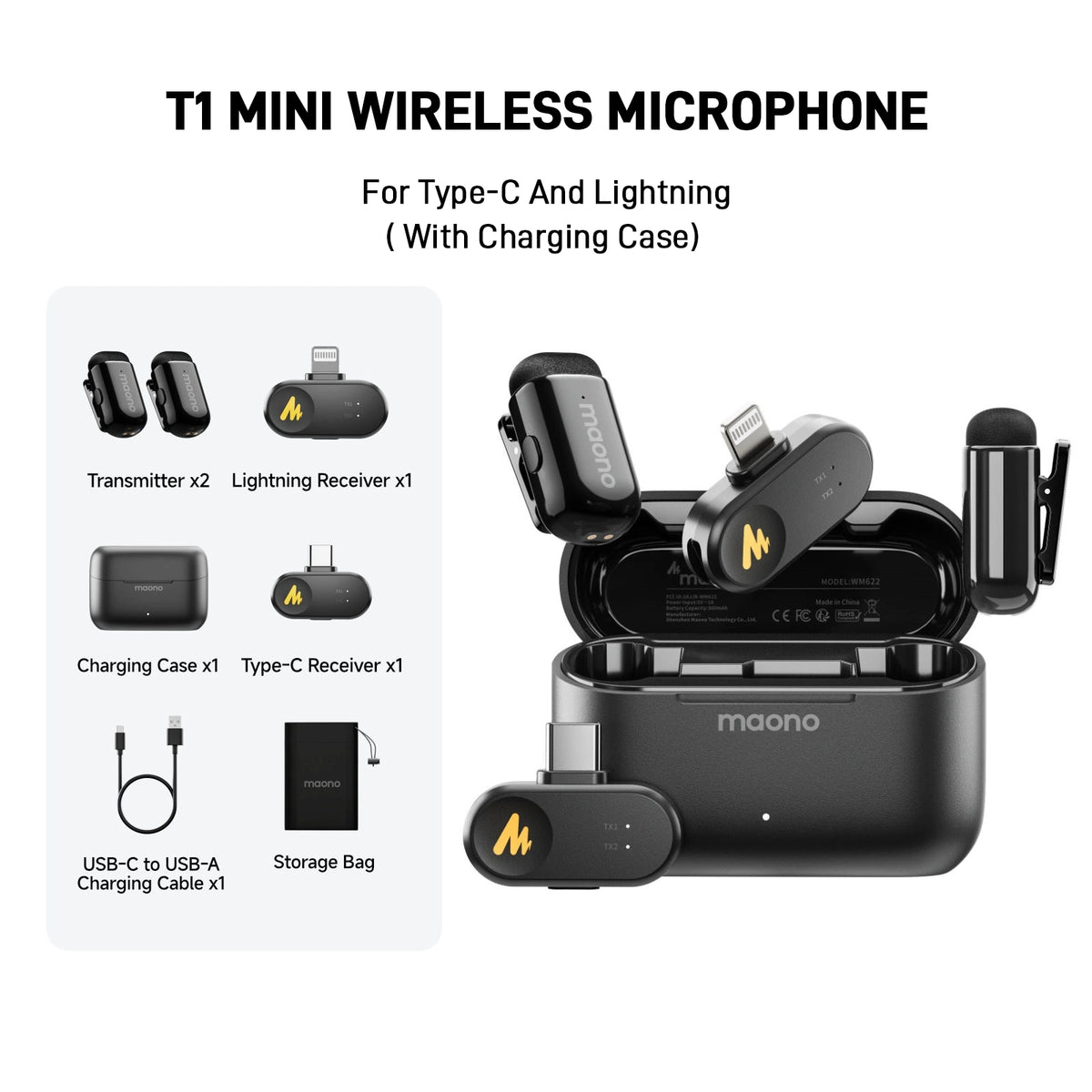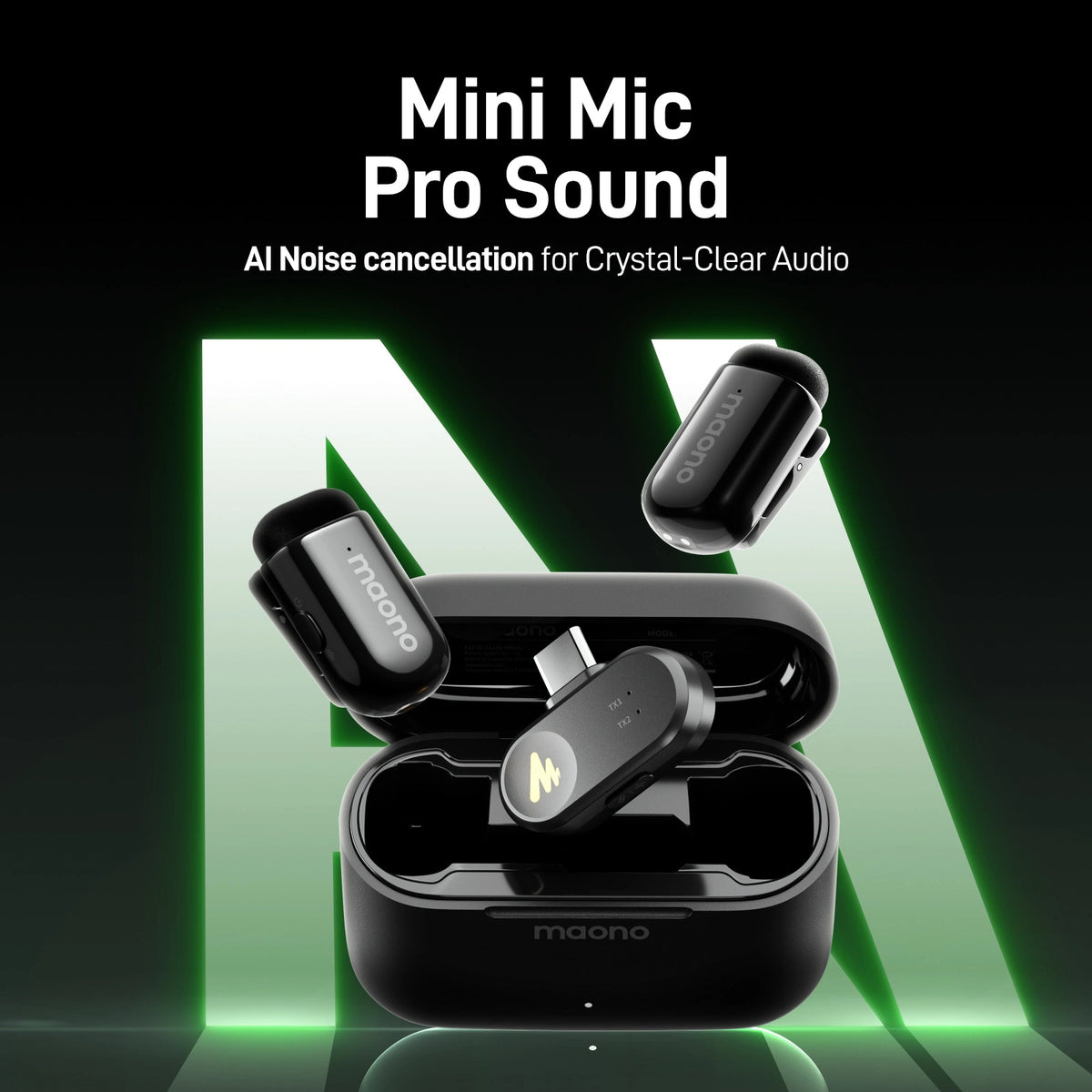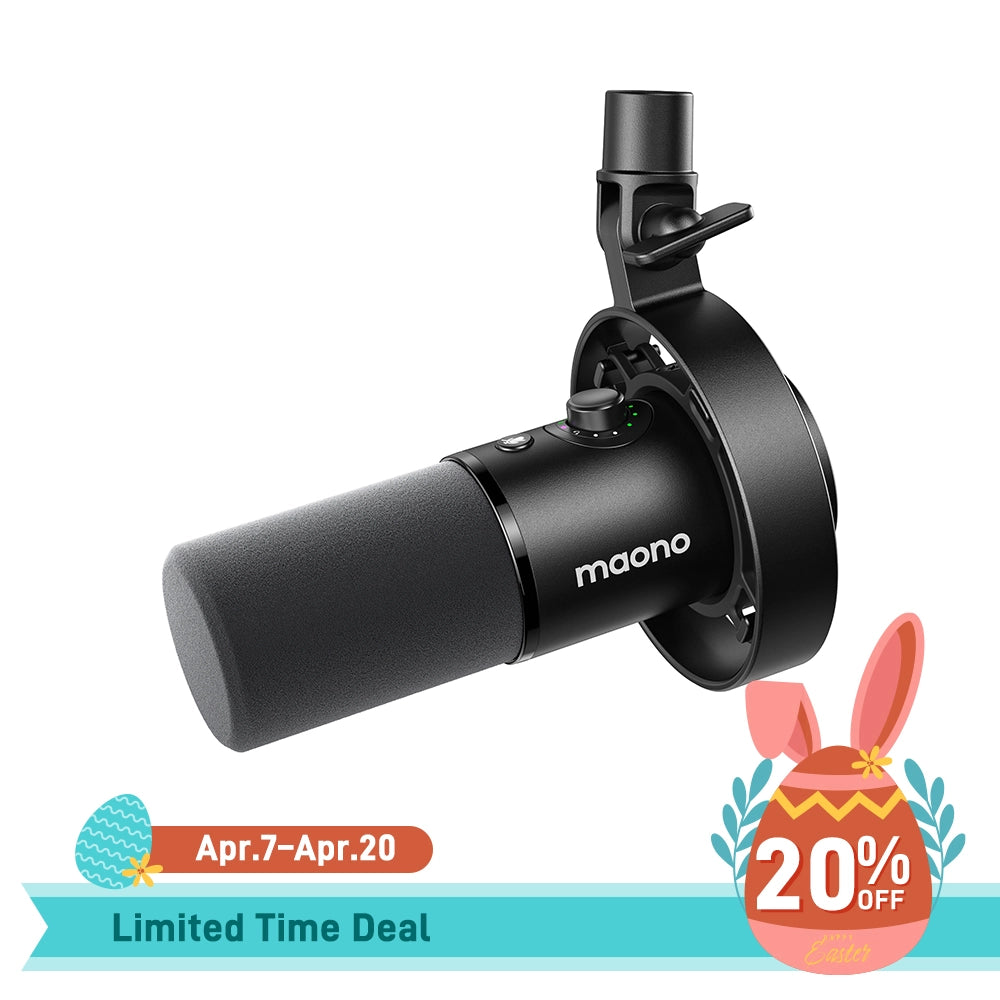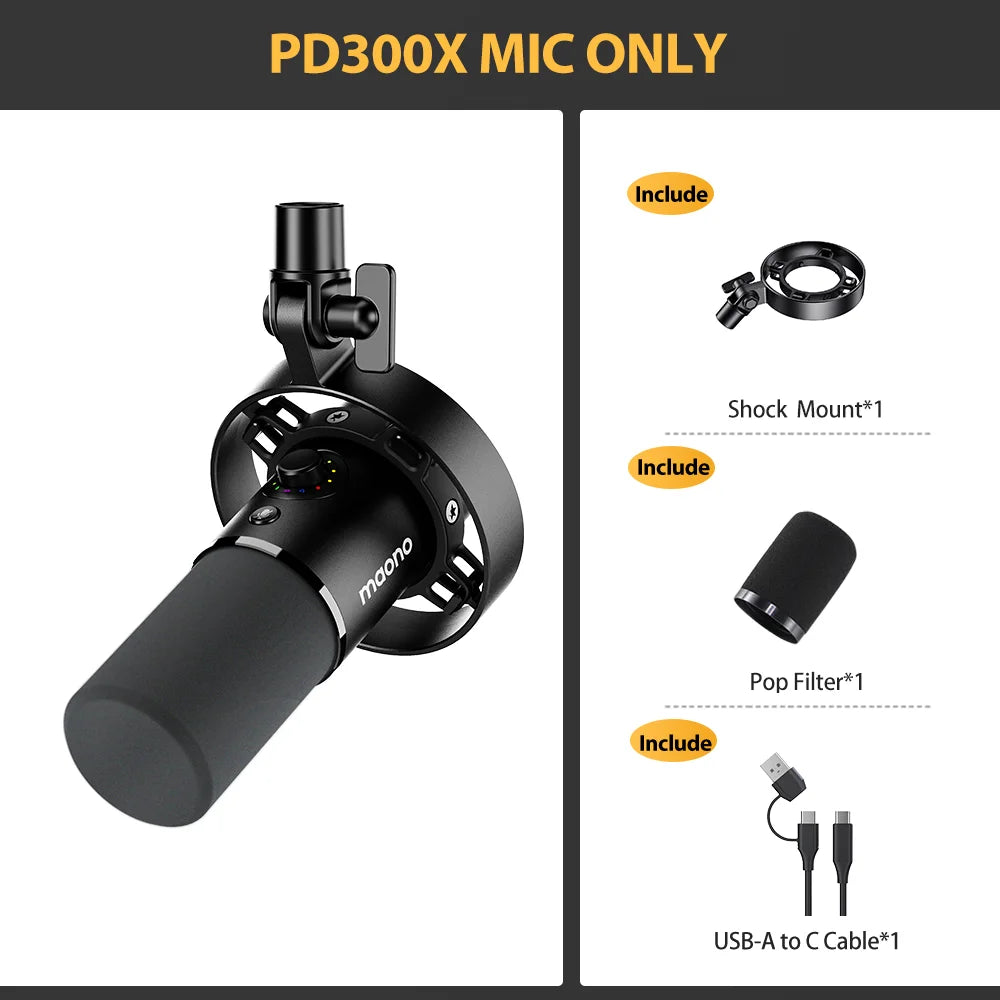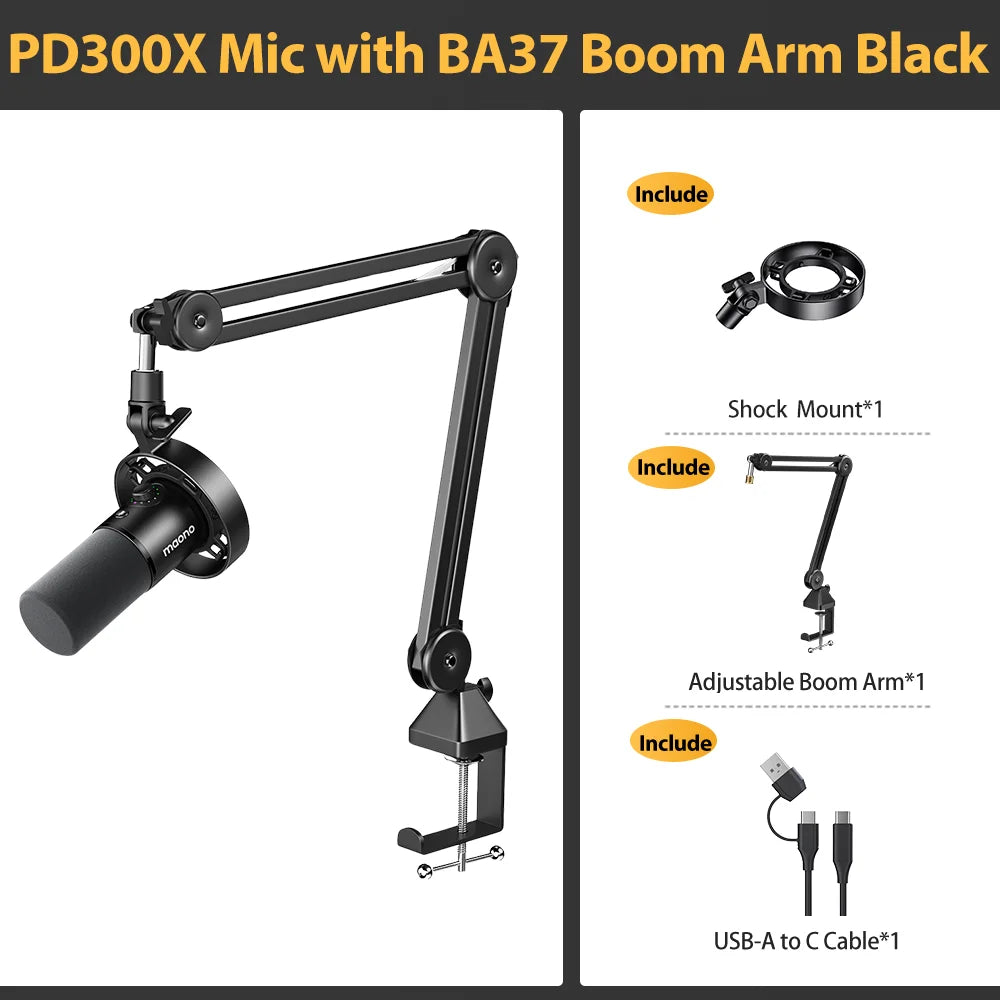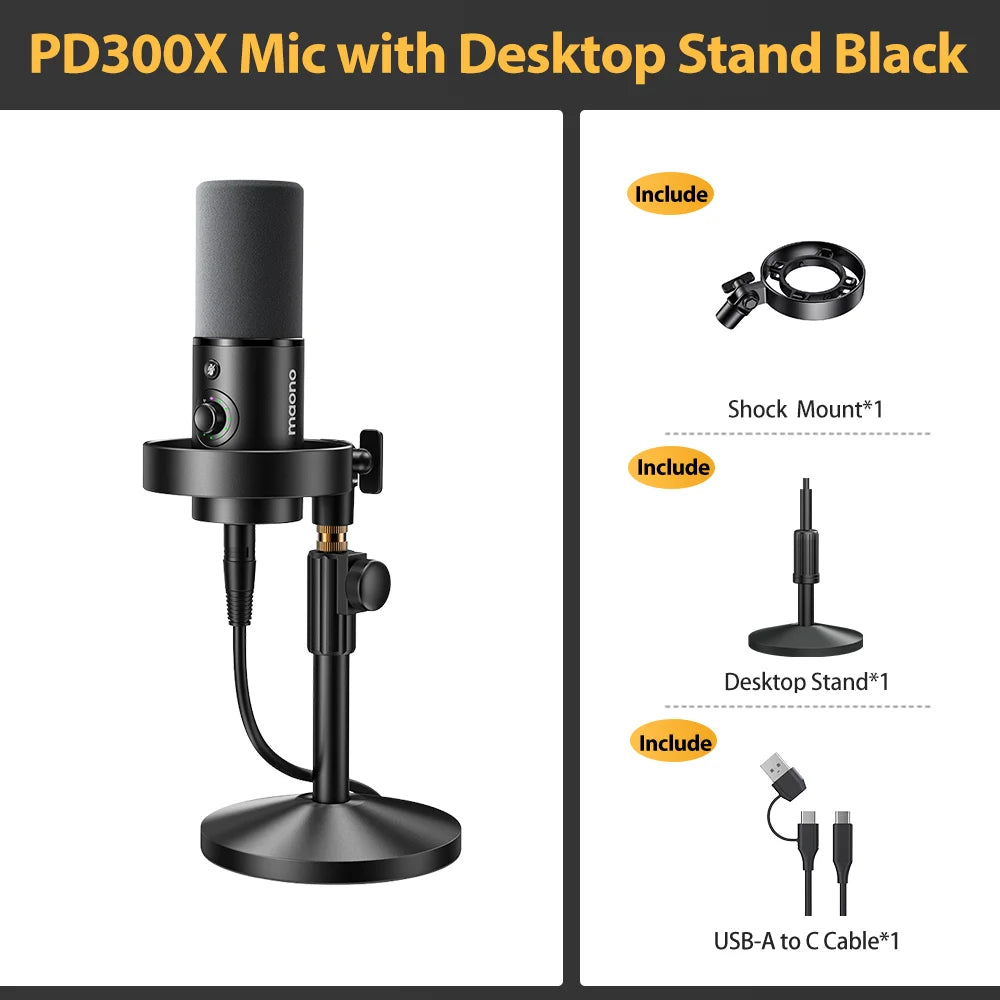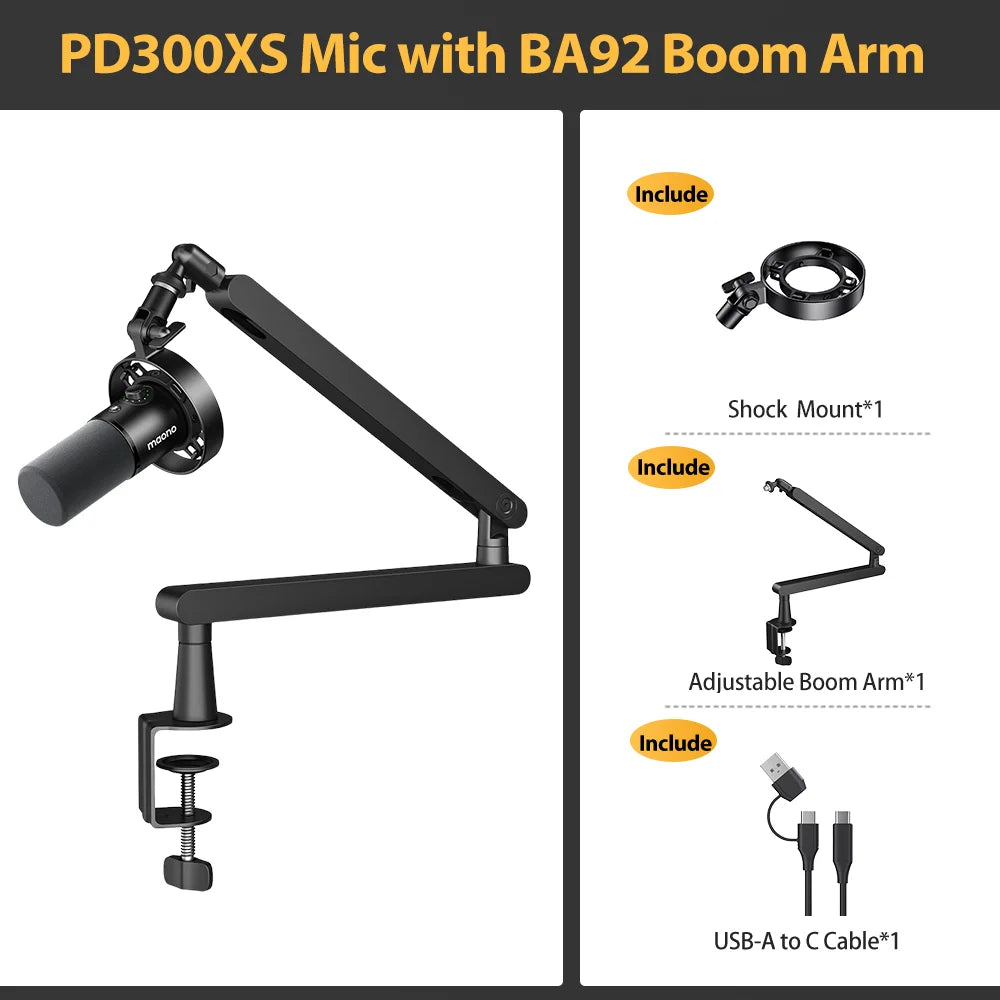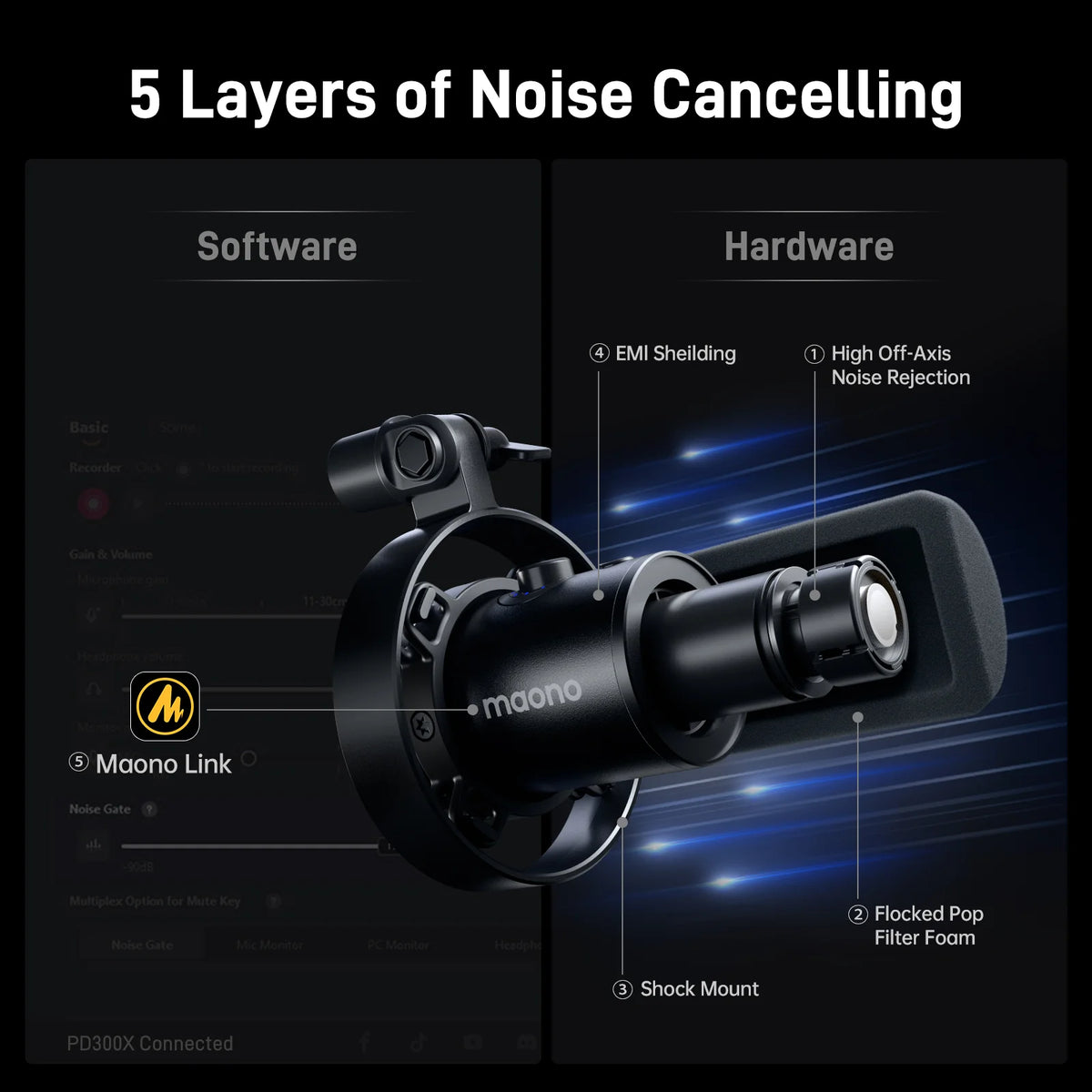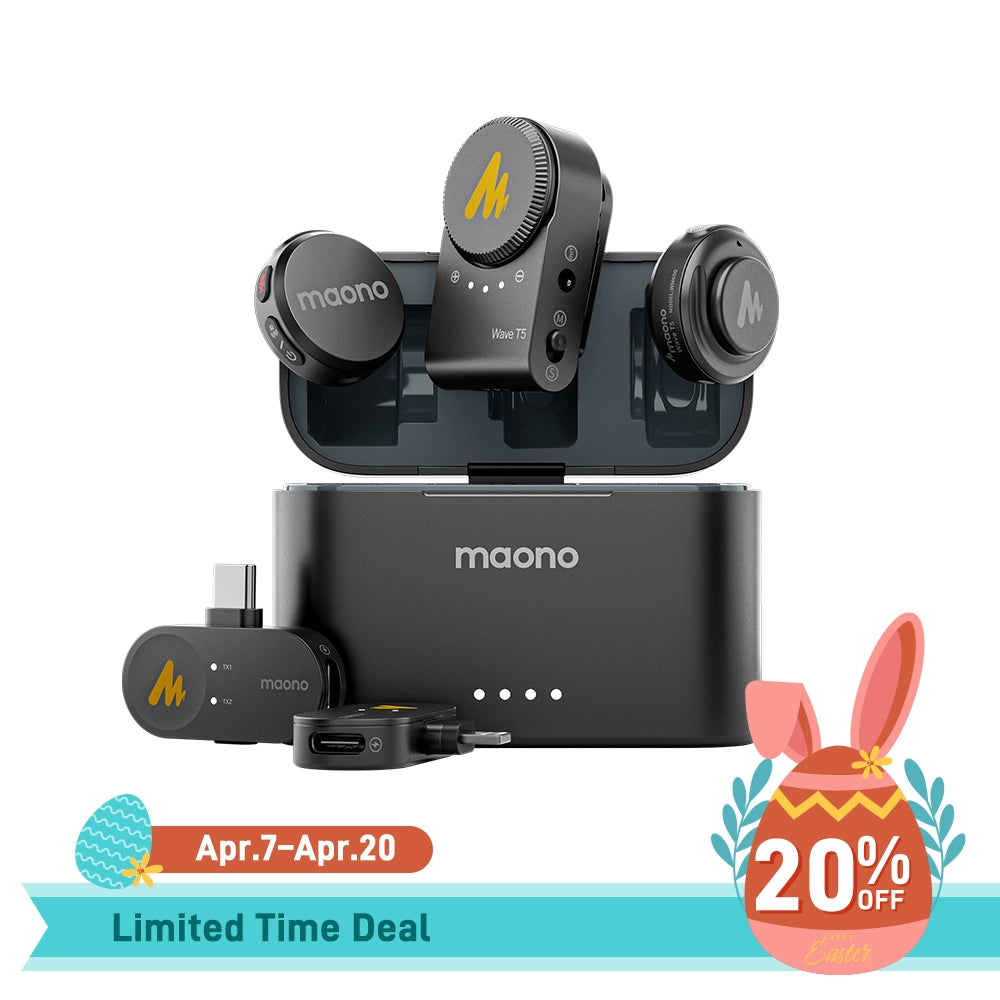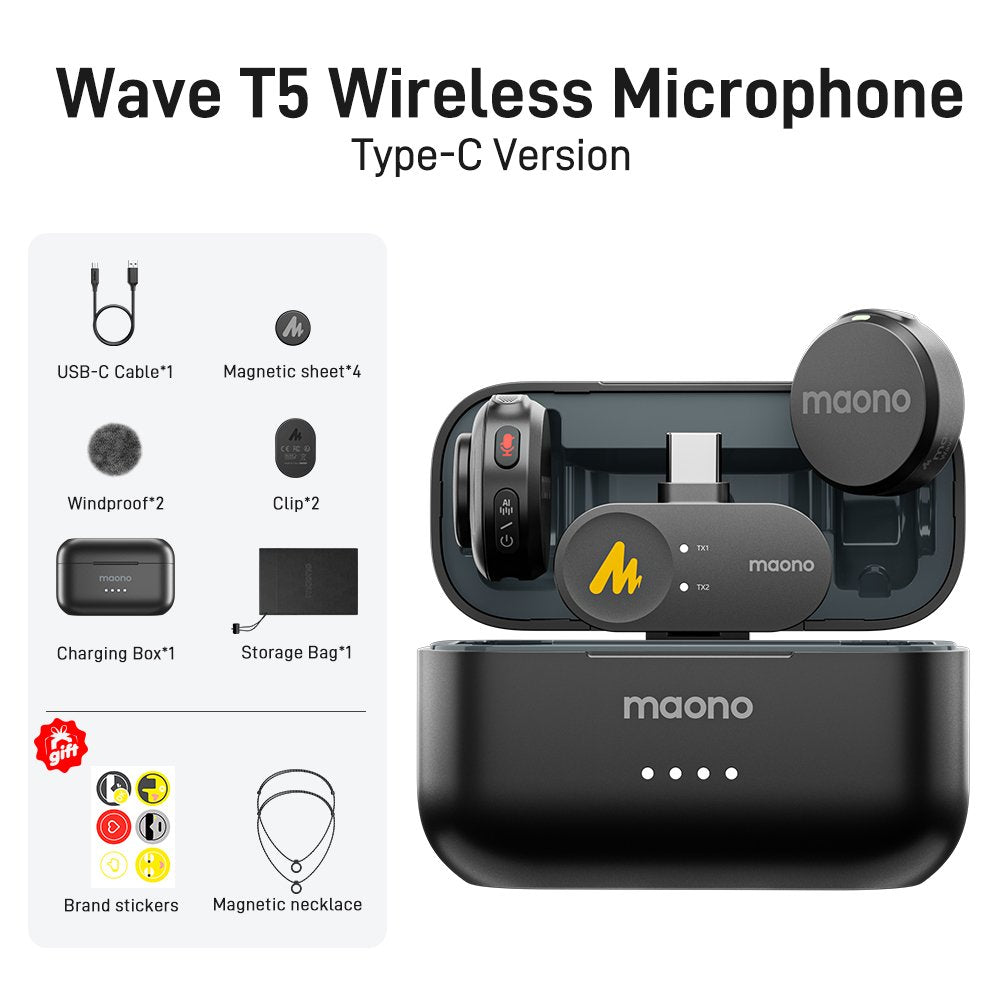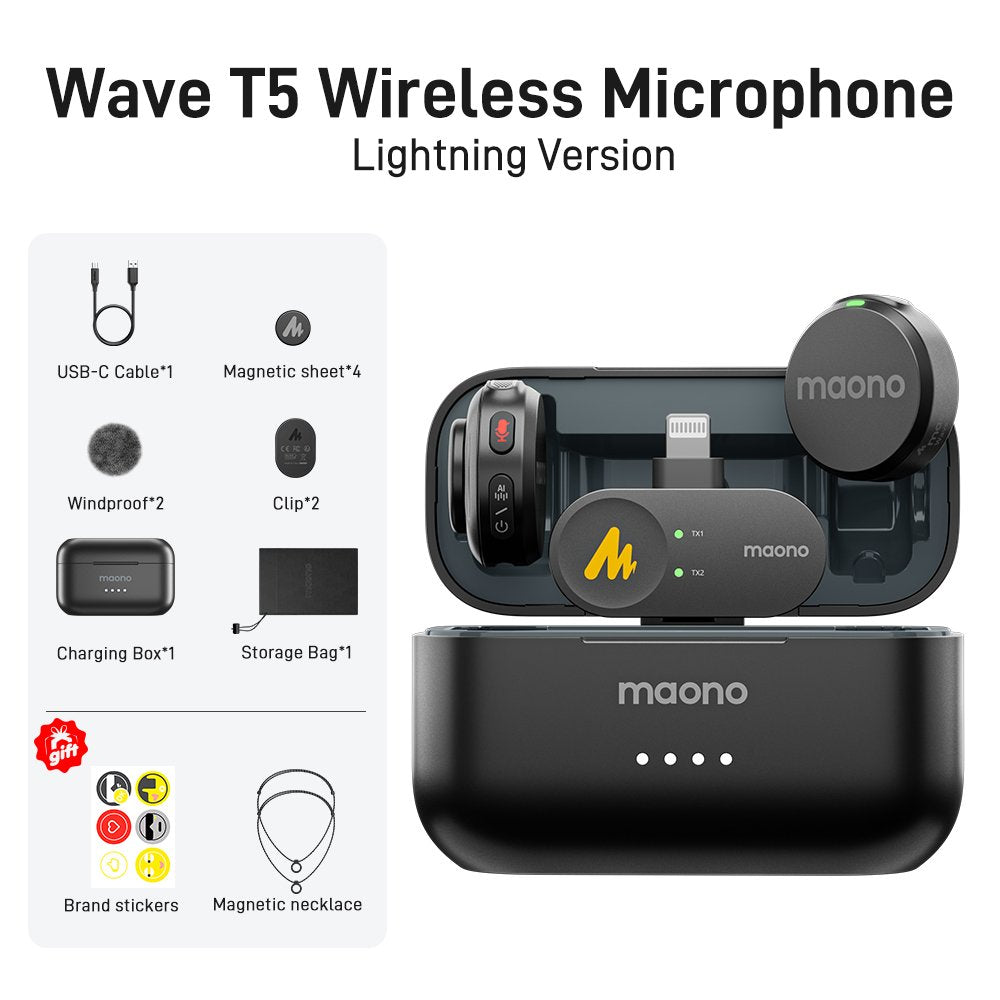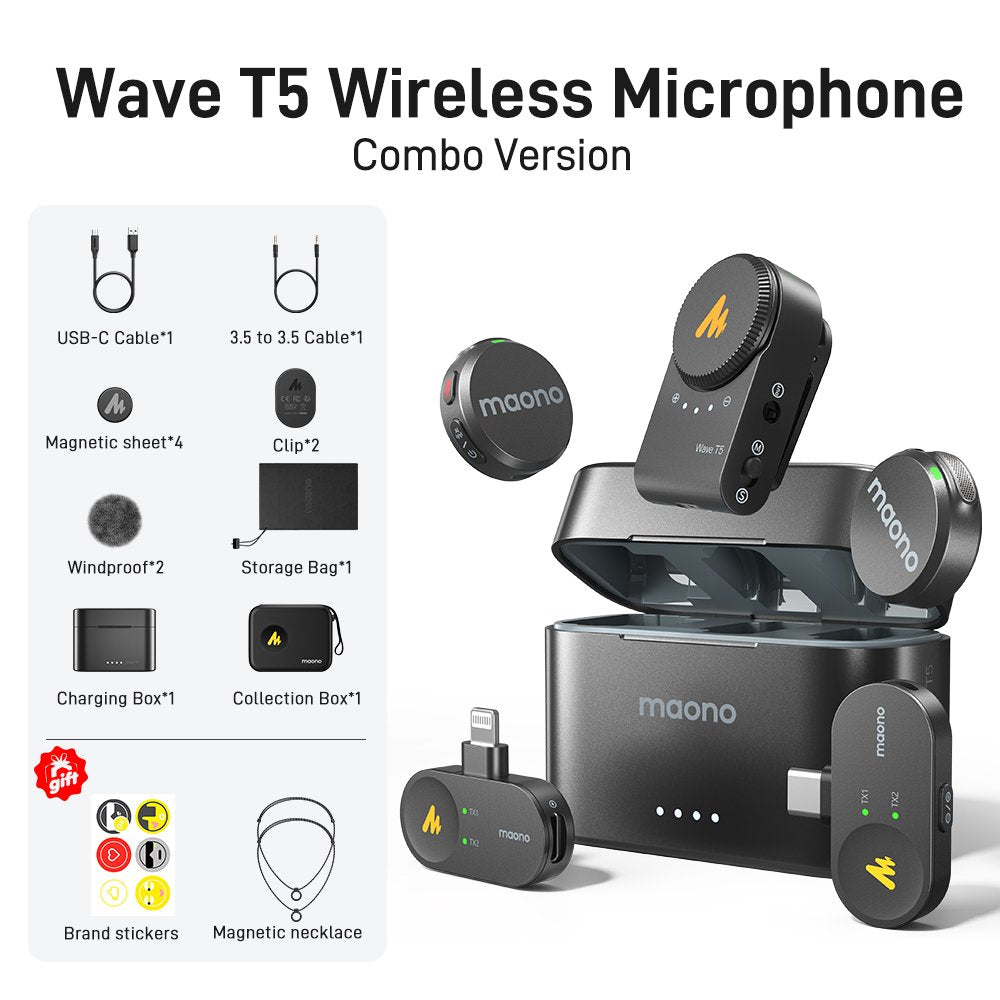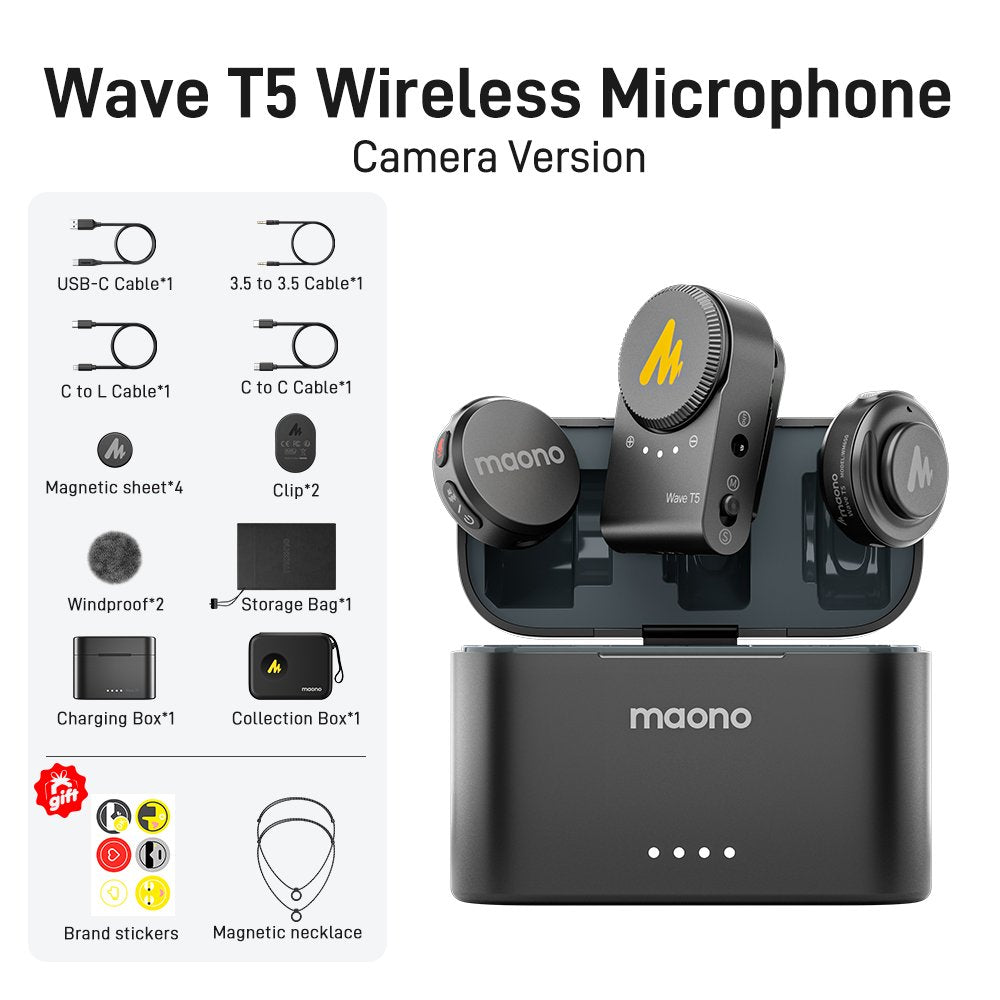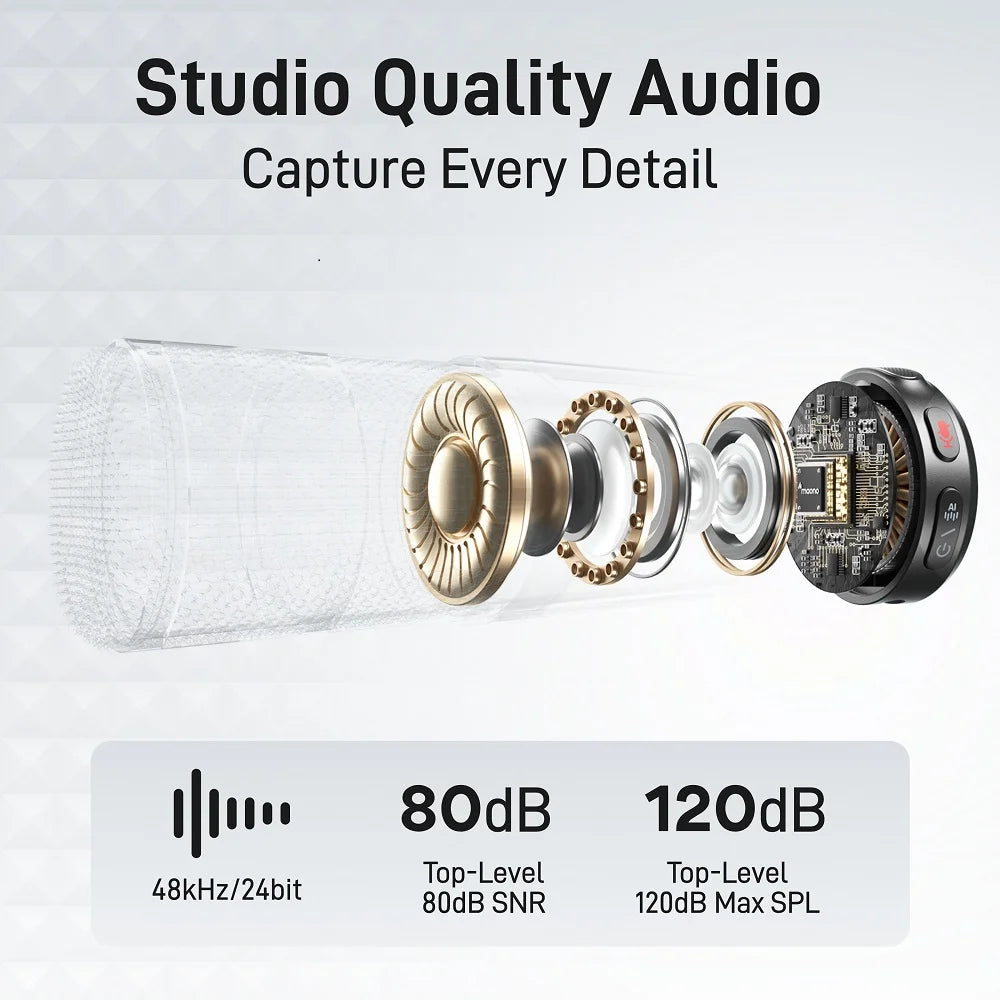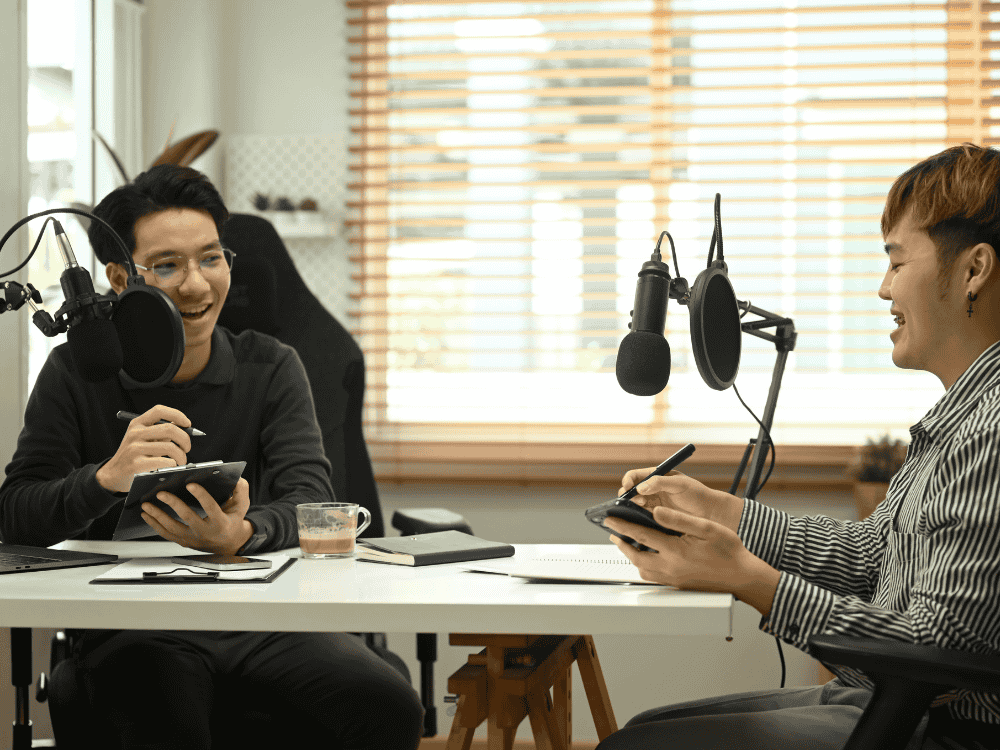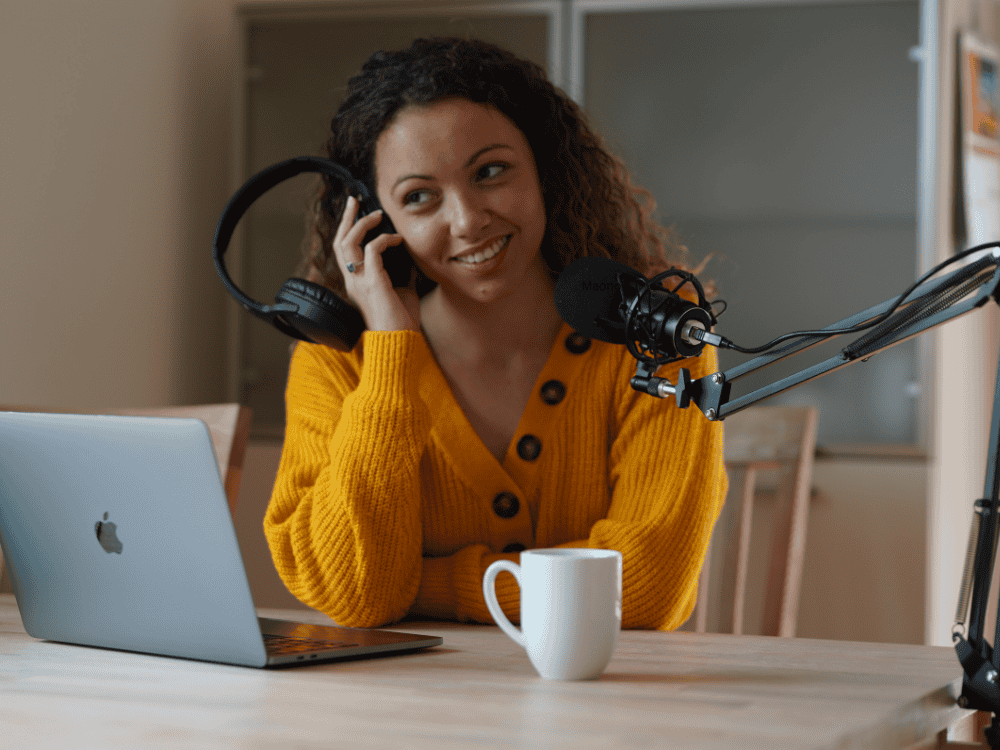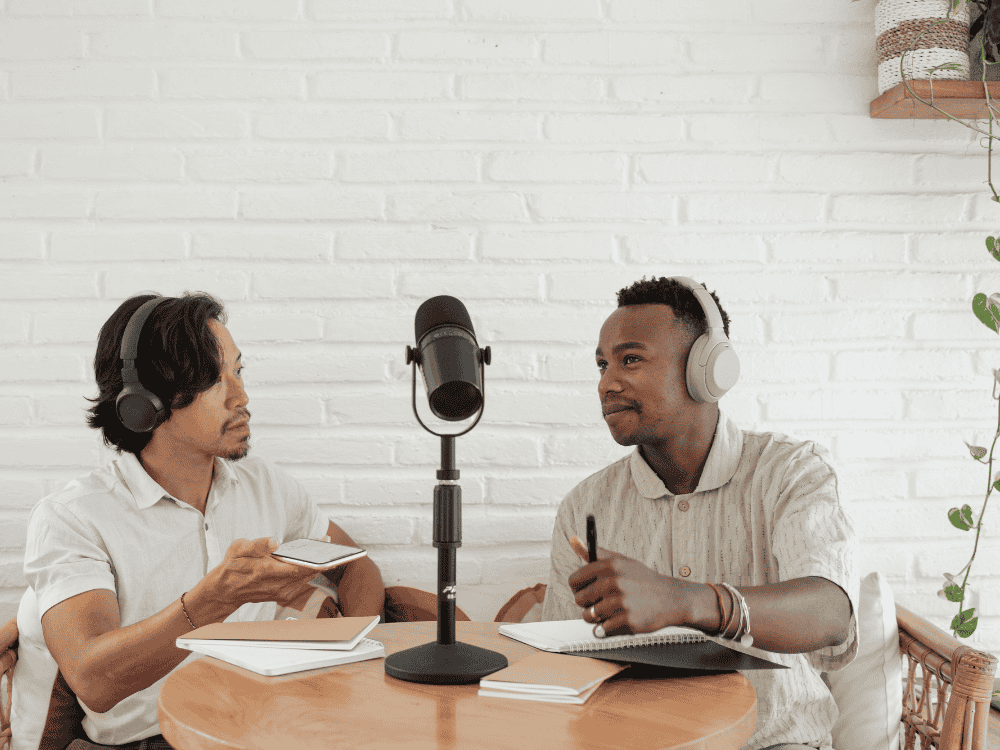The best microphone for recording vocals for beginners offers a mix of affordability, outstanding performance, and high-quality audio. With all the varieties available on the Internet, choosing the right microphone can be difficult. This article guides beginners, providing tips to help them decide which microphone best suits their budget and needs.
Before exploring the different types of microphones, it's important to understand the basics. A microphone is a device that transforms sound waves into electrical signals. How it does this (conversion process) can affect the clarity and accuracy of the recorded sound. Knowing these basics will help you choose the right vocal recording microphone.
Types of Microphones
There are several types of microphones categorized according to their specific purposes. Here are three examples:
- Condenser Microphones
Condenser microphones are widely used in studios due to their accuracy and sensitivity. They catch every detail of sound that's why they are excellent for recording vocals and acoustic instruments, but they require an external phantom power supply. Compared to dynamic microphones, condenser microphones have a greater sensitivity. Because they can capture various frequencies and small disturbances, they are often used for vocal recording, gaming, acoustic instrument recording, and other studio applications where sound quality is crucial.
- Dynamic Microphones
These microphones are strong and versatile, perfect for live performances or concerts, and places where they need to be tough. Sound waves are converted to electrical impulses through a wire coil and a small magnet. Since they are not as perceptive as possible, they are less susceptible to background noise in noisy environments. Because dynamic microphones don't require an additional power source, such as batteries or phantom power, they are easy to use outdoors. They can handle loud sounds well and are great for recording things like drums and guitar amps.
- Ribbon Microphones
These are rare and usually expensive microphones used in controlled professional studio environments. Ribbon microphones generate a natural, smooth sound but are more delicate than other microphones because they use a thin metal ribbon to record sound.
Microphone Polar Patterns
Polar patterns tell us where the microphone picks up sound from. They show how well the microphone listens to sound from different directions, like front, all around, or both front and back (like cardioid, omnidirectional, and bidirectional patterns).
- Cardioid
A cardioid microphone is perfect for focusing on one direction because it blocks out noise from the sides and behind, but picks up sounds well from the front. Its heart-shaped pattern helps it catch sounds right in front, making it great for recording vocals or instruments even in loud places.
- Omnidirectional
An omnidirectional microphone records sound from all directions equally, giving a natural and even recording. It's good for capturing many sounds or getting the feel of a room's atmosphere.
- Bi-directional or Figure-Eight
A bi-directional microphone and a Figure-Eight microphone are pretty much alike. People often use these terms interchangeably when talking about microphones with this pattern. They pick up sound from the front and back but not from the sides, making it like having two microphones in one. The pattern looks like the number eight. It's handy for recording from two different directions, like in interviews where two people talk facing each other.
Key Features to Consider:
- Frequency Response
Frequency response in a microphone is about how good it is at picking up different types of sounds, from low to high pitches. If a microphone has a flat frequency response, it captures all pitches evenly. But some microphones might make certain pitches louder or quieter to match different kinds of sounds. It tells us the range of pitches (measured in Hz) a microphone can record.
- Sensitivity
A microphone's sensitivity is how much electricity it produces when it hears a certain amount of sound. This helps us compare different microphones. Most manufacturers test sensitivity at 94 dB or 1 Pascal of sound pressure. So, if one microphone makes more electricity than another when it hears the same sound, it's more sensitive. Sensitivity, often measured in mV/Pa, tells us how loud the microphone is at a certain sound level.
- Sound Pressure Level (SPL)
The maximum sound pressure level, or Max SPL, is the loudest volume of sound a microphone can handle without distortion or breaking. It's like the point where the microphone can still record sound properly without it sounding weird. Max SPL is usually measured in decibels (dB) and tells us the loudest sound the microphone can handle before it starts sounding strange.
- Connectivity
Understanding how a microphone links up with your equipment matters because it determines if it can work with what you've got already. Is your microphone XLR/USB cable ready? XLR and USB connections on a microphone determine how you hook it up to your recording device or computer. XLR is common in professional setups, providing strong sound signals and sometimes power, while USB plugs right into computers for simple recording without needing extra devices.
Practical Considerations
- Budget and Build Quality
Another crucial thing to consider is how much money you have to spend and the materials from which your microphone is made. A good vocal microphone is designed to be durable, so investing a bit more in the right one can be worthwhile.
It's reasonable to spend a little bit more money on a microphone with as much versatility as the Maono PM500 XLR Microphone because it works well for music recording, podcasting, and Twitch streaming.

This XLR condenser microphone has a body made of sturdy zinc alloy and coated with layers for extra protection. It's durable, acting as a shield against electrical interference for cleaner audio. It comes with a metal pop filter, shock mount, and desktop stand to keep it safe and isolate it from any shaking or bumps. It's reasonably priced at only $149.99.
- Ease of Use
If you're a beginner in home recording, the PM422 is an all-in-one USB condenser microphone with a boom arm. It's easy to use with its plug-and-play setup and one-click mute button. It delivers professional sound, making it great for starters wanting to try vocal recording at home. The PM422 captures vocal details precisely and features a professional sound chipset (192KHZ/24BIT) and a 16mm condenser transducer for detailed sound. It's perfect for musicians, streamers, podcasters, vocal recording, and other content creators. It's very affordable for the price of $87.99 only.

Conclusion
Choosing the best microphone for voiceover or vocal recording as a beginner involves balancing affordability, performance, and audio quality. With so many options available online, making the right choice can be challenging. Hopefully, this guide helps you narrow down your options by considering the factors listed above.


